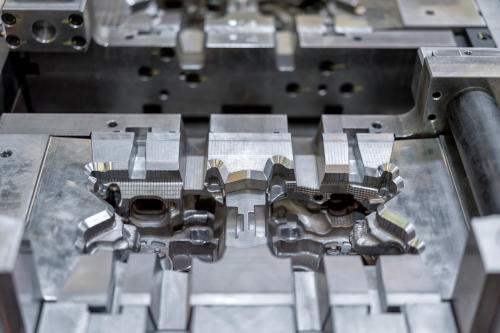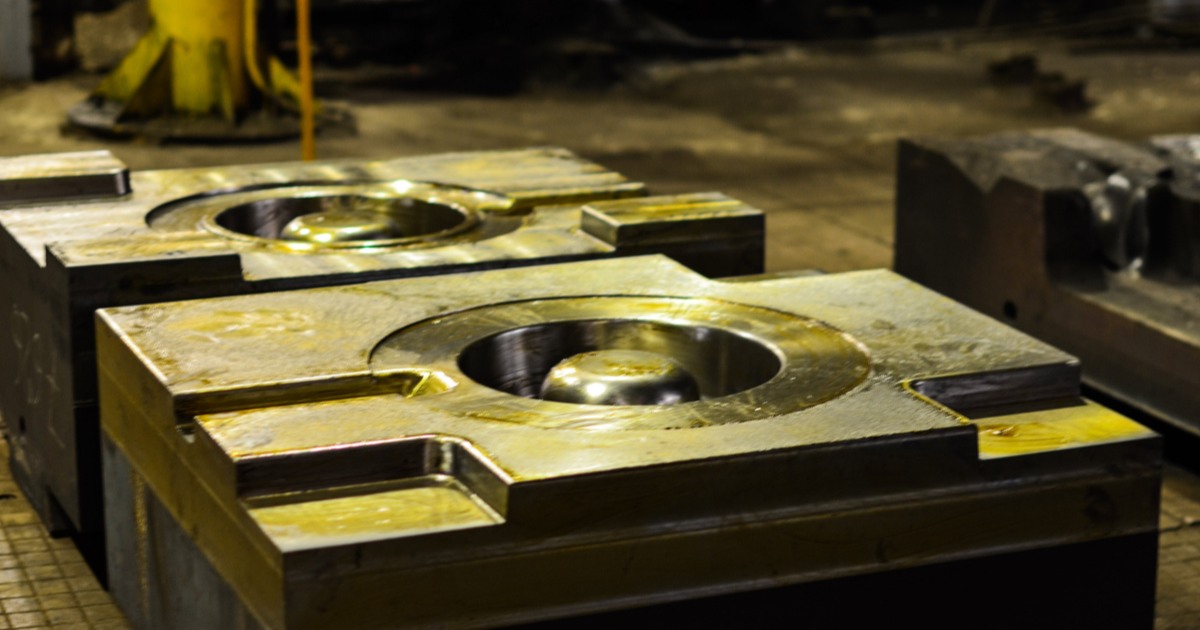The importance of choosing the right Aluminum Casting Company for long-term results
Comprehensive Overview to the Uses and Manufacturing Techniques in Aluminum Factory Workflow
The substantial guide to light weight aluminum foundry procedures offers crucial insights into the varied applications of aluminum throughout various industries. It methodically checks out crucial production techniques, thawing procedures, and molding techniques that contribute to accuracy and top quality. Furthermore, the guide highlights the relevance of ending up processes that boost both mechanical residential properties and look. Understanding these components is crucial for any person included in aluminum production, increasing inquiries regarding finest practices and developments in the area.
Introduction of Aluminum Casting Applications

Furthermore, the building market benefits from aluminum spreadings in building components and structural elements, providing longevity and resistance to deterioration. Consumer items, such as pots and pans and devices, likewise utilize light weight aluminum castings for their warmth conductivity and aesthetic appeal. The electronics industry counts on aluminum for real estates and warm sinks, ensuring reliable thermal management. Overall, aluminum casting's versatility permits it to meet diverse market demands efficiently, solidifying its value in modern manufacturing techniques.
Trick Production Techniques in Aluminum Shop
In the domain of aluminum factory procedures, different production methods play a critical duty in forming the end products that serve varied industries. aluminum foundry. Key strategies consist of sand spreading, die casting, and financial investment casting, each offering unique advantages based on the application requirements
Sand spreading makes use of a mixture of sand and binder to create mold and mildews, permitting intricate geometries at reduced expenses. Pass away casting, on the other hand, employs high-pressure injection of liquified light weight aluminum into steel mold and mildews, guaranteeing precision and a smooth surface area finish, suitable for high-volume manufacturing. Investment spreading offers extraordinary dimensional accuracy and surface top quality, making it appropriate for complex styles.
In addition, methods such as long-term mold and mildew casting and gravity pass away casting better boost the convenience of aluminum foundry operations (aluminum metal casting). Each technique is selected based upon factors like production volume, part intricacy, and material properties, making sure favorable outcomes throughout numerous applications
Thawing Processes and Temperature Control
Efficient melting procedures and specific temperature control are essential for achieving perfect light weight aluminum factory operations. The melting of aluminum usually involves numerous methods, consisting of crucible melting, induction melting, and rotating melting, each with its own benefits and applications. Crucible melting is generally used for tiny sets, while induction melting gives reliable heating and uniform temperature circulation.

Molding Methods for Precision Castings
Mastering molding techniques is important for producing accuracy castings in aluminum factory operations. Different techniques, such as sand, investment, and die casting, play an important duty in achieving desired resistances and surface area coatings. Sand casting, for instance, makes use of a mix of sand and binder to produce mold and mildews, permitting big parts and elaborate layouts. Investment casting, on the other hand, utilizes wax patterns that are coated in ceramic material, causing very described and accurate shapes. Die casting utilizes site here high-pressure injection of liquified light weight aluminum into metal mold and mildews, making certain constant measurements and rapid manufacturing rates.
Each strategy has its advantages and is chosen based on aspects such as intricacy, volume, and mechanical homes called for. Reliable mold and mildew design, including venting and gating systems, better boosts the quality and accuracy of the ended up product. Understanding these molding methods makes it go now possible for factories to fulfill particular sector demands and boost total operational efficiency.
Finishing Procedures to Enhance Light Weight Aluminum Parts
Ending up processes play an essential role in improving the performance and aesthetics of light weight aluminum components. These procedures, which follow spreading, purpose to enhance surface area quality, rust resistance, and mechanical residential properties. Usual techniques consist of machining, which fine-tunes measurements and surface finish, and sprucing up, which enhances visual appeal by producing a smooth, reflective surface area.
Plating is an additional significant procedure, supplying a long lasting oxide layer that secures versus wear and deterioration while enabling shade customization. Additionally, powder layer uses a large range of colors and surfaces, making certain both defense and aesthetic improvement.
Sometimes, elements may go through shot blasting to remove contaminations and boost adhesion for succeeding coatings (Casting Foundry). In general, these finishing processes are important for optimizing the capability and life expectancy of light weight aluminum components, making them ideal for diverse applications across different industries
Frequently Asked Concerns
What Precaution Are Needed in Light Weight Aluminum Foundry Operations?
In aluminum foundry operations, essential security actions include personal safety equipment, correct ventilation, fire prevention procedures, routine devices maintenance, training for employees on dangers, and keeping clear emergency situation treatments to assure a secure workplace.
How Do Ecological Laws Influence Aluminum Foundries?
Ecological regulations substantially affect aluminum factories by applying standards for discharges, waste management, and source intake. Conformity typically demands investments in cleaner modern click technologies and processes, ultimately affecting operational costs and production performance within the market.
What Job Opportunities Exist in Light Weight Aluminum Foundry Operations?
Different career opportunities in aluminum factory operations consist of duties such as factory service technician, mold designer, quality assurance assessor, process engineer, and manufacturing manager, each adding to effective production and cutting-edge processes within the sector.
How Is High Quality Control Achieved in Light Weight Aluminum Spreading?
Quality assurance in light weight aluminum casting is achieved with strenuous examinations, standard screening treatments, and making use of advanced innovations. Normal tracking of temperature, make-up, and dimensional accuracy warranties items meet defined requirements and customer demands.
What Are the Common Problems in Light Weight Aluminum Castings and Their Reasons?
Typical flaws in light weight aluminum castings consist of surface area, contraction, and porosity roughness. Reasons typically originate from improper mold and mildew design, inadequate pouring techniques, and contamination, influencing the total stability and efficiency of the final product.
The considerable overview to aluminum factory procedures provides vital insights right into the varied applications of light weight aluminum throughout different sectors. Light weight aluminum casting plays a crucial function in different industries due to its flexibility and favorable residential or commercial properties. Die spreading, on the various other hand, employs high-pressure shot of molten aluminum right into steel mold and mildews, guaranteeing precision and a smooth surface area finish, perfect for high-volume production. Furthermore, techniques such as permanent mold and mildew casting and gravity die casting even more enhance the adaptability of light weight aluminum factory operations. Mastering molding techniques is important for generating precision castings in aluminum factory operations.